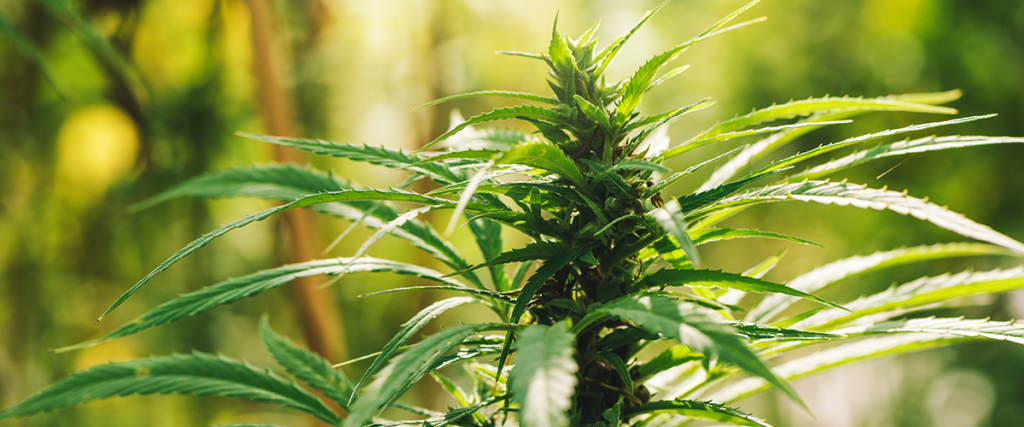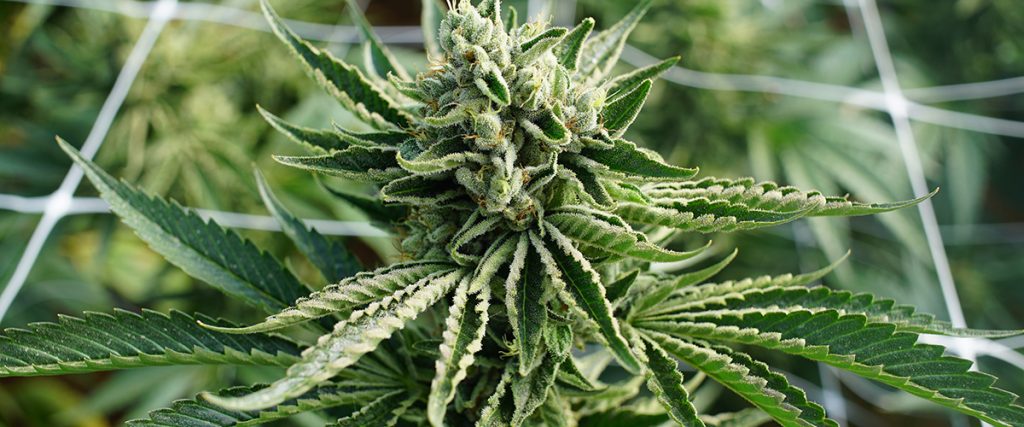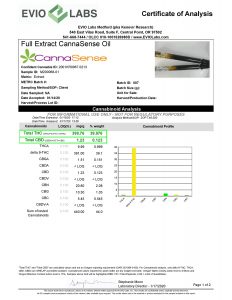Description
440mg Total Cannabinoids (44%) | 400mg THC (40%) | 1.2mg CBD (0.1%)
| Cannabinoids | Mass (%) | Mass (mg/g) |
|---|---|---|
| THCa | 1.0% | 10.0 mg/g |
| Δ9-THC | 39.1% | 391.0 mg/g |
| CBDa | <LOQ | <LOQ |
| CBD | 0.1% | 1.2 mg/g |
| CBDV | <LOQ | <LOQ |
| CBN | 2.1% | 20.8 mg/g |
| CBC | 0.5% | 5.5 mg/g |
| CBGa | 0.2% | 1.5 mg/g |
| CBG | 1.0% | 10.3 mg/g |
| CBDVa | <LOQ | <LOQ |
Please check out the information on different cannabinoids at the end of the product description
1 oral syringe containing a minimum of 1 Gram GRADE A FECO (commonly known as Rick Simpson Oil or RSO). Each 1 gram contains 400mg of THC.
Intended usage is ingestion for treatment of various forms of cancer. Alternative usages:
Skin Cancer (topical)
Various skin infections including Staph and MRSA (topical)
Epilepsy (oral)
Severe pain. (oral)
Multiple Sclerosis (oral)
Always remain hydrated, do not drive or operate machinery, and if possible have someone stay with you who can assist you.
Dabbing [or smoking] FECO is not advised.
*IMPORTANT* If you plan to also order flower, please order no more than (4) quarters or (1) ounce in the same order with your FECO.
How to Use FECO For Cancer Treatment:
This product is highly concentrated, use responsibly. Applying the cannabis extract directly to the skin as Rick Simpson did can work with skin cancer or topical issues. For those who need to take the medicine internally, they should ingest it. Dabbing [or smoking] FECO is not advised. It is highly advisable to have a bottle of CBD oil/tincture on hand to counteract the strong effects of the THC in the event the experience becomes unpleasant. CBD is a natural antidote to the psychoactive effects of THC.
Patients are instructed to start with a dosage the size of half of a grain of rice three times a day. For patients that are having trouble swallowing, the extract can be placed directly between the gums and the inside of the lip to let it slowly dissolve. The cannabis extract can also be mixed into food and eaten, but it’s bitter and often needs other flavors to mask its taste.
After week one the dose should be doubled every four days until the sixth week of treatment. During weeks five through 12, a patient should be ingesting one gram of FECO daily. The goal is for a patient to ingest 60 grams of FECO over a 90-day period. Realistically it may take longer to accomplish this.
Cannabidiol (CBD) is proven to prevent metastasis and stop the spread of cancer, while Tetrahydrocannabinol-9 (THC) is proven to create apoptosis (cellular death) in cancer cells while leaving healthy cells alone. For more information on dosage visit: www.cureyourowncancer.org/dosage.
This treatment should be coupled by a comprehensive nutrition plan to alkalize the body, creating an internal environment inhospitable to cancer.
Visit www.cancertutor.com for more information.
“Sometimes the [FECO] is so thick that it can be hard to force it out of the syringes when cooled. If such a thing happens, simply put the syringe in a cup of hot water, then in a short time you should be able to squeeze your dosage out more easily. There are times when a patient could force too much oil from the syringe, but if this happens, just pull back on the plunger of the syringe and the excess oil can usually be drawn back into the syringe, without too much difficulty.” – Rick Simpson
*Extracted using 100% organic cane alcohol as the solvent. We chose to use organic alcohol instead of other solvents such as Naphtha, which can potentially be slightly toxic if any solvent remains after the extraction process.
Other sources of info:
http://phoenixtears.ca/
Top 10 Cannabinoids and Their Effects
There are believed to be over 100 cannabinoids found in cannabis. While most cannabinoids are present at very low levels, there are a few major cannabinoids that are more abundant in cannabis.
Here’s a look at 10 of the most common cannabinoids and a little bit about each of their effects.
- Cannabidiol (CBD)
Among the most abundant cannabinoids found in cannabis is cannabidiol (CBD), a non-psychoactive compound highly sought after in recent years because of the exciting therapeutic promise it has demonstrated in research studies.
CBD is widely available in the United States and in over 40 countries as a hemp-derived nutritional supplement. Hemp is naturally more abundant in CBD, making it an ideal source for the natural, non-psychoactive cannabinoid.
Learn more about CBD supplements here.
- Delta-9-Tetrahydrocannabinol (Δ9-THC)
As the cannabinoid most often associated with medical marijuana, delta-9-tetrahydrocannabinol (Δ9-THC, or often times simply THC) is responsible for the euphoric “high” (feelings of euphoria, relaxation, increased appetite and time distortion) following marijuana consumption. THC is one of the most prevalent cannabinoids found in cannabis, and can occur at concentrations up to 30 percent, depending on the strain of cannabis.
Studies suggest that THC could be beneficial for managing pain, nausea and vomiting, improving sleep, and stimulating appetite.
THC has also demonstrated anti-inflammatory properties, indicating it could be beneficial for conditions like arthritis. THC may also delay the onset of Amyotrophic lateral sclerosis (ALS) and Alzheimer’s disease.

- Cannabichromene (CBC)
Despite being considered the third most common cannabinoid found in cannabis and having demonstrated therapeutic promise, cannabichromene (CBC) is a non-psychoactive compound that is often overlooked.
In studies, CBC has shown to be effective at managing inflammation on its own and while combined with THC. The cannabinoid has been found to encourage the growth of new brain cells, and to work as an antidepressant.
CBC has also shown some promise as an anti-tumor agent, especially when coupled with other cannabinoids.
You can learn even more about the effects and benefits of CBC here.
- Cannabinol (CBN)
Cannabinol (CBN) emerges when dried cannabis goes stale over time. When exposed to light or heat, THC gradually degrades into CBN, a non-psychoactive compound.
Research indicates that CBN may have antibacterial, anti-inflammatory, appetite-stimulating, and pain-relieving effects.
Studies have also found that CBN lowers ocular pressure, indicating it could be beneficial for glaucoma.
- Cannabigerol (CBG)
Serving as a building block from which other cannabinoids are produced, cannabigerol (CBG) is a non-psychoactive compound that is not very prevalent in most cannabis strains – often occurring in concentrations of less than 1 percent.
While researchers have yet to fully understand CBG, studies to indicate that the non-psychoactive cannabinoid may be beneficial for treating glaucoma, stimulating appetite, encouraging bone growth, reducing inflammation, inhibiting the growth of tumors, and resisting bacteria.

- Tetrahydrocannabivarin (THCV)
Scientists are still unsure as to whether tetrahydrocannabivarin (THCV) is psychoactive, despite its similarities to THC. Early tests found THCV to have about 25 percent the potency of THC, while more recent findings suggest that in low doses of THCV reduces the psycho-activity of THC.
While more studies are needed, THCV has shown that it significantly reduces seizure frequency, promotes weight loss, and has antioxidant and painkilling properties.
- Cannabidivarin (CBDV)
Cannabidivarin (CBDV), a non-psychoactive cannabinoid, is CBD in its slightly degraded form. CBDV is generally found in higher concentrations in marijuana strains that are higher in CBD and lower in THC.
Research indicates that there are a couple of benefits that CBDV can provide, including that it shows promise for managing seizures and fighting nausea.
- Delta-8-Tetrahydrocannabinol (Δ8-THC)
As a close cousin to delta-9-tetrahydrocannabinol, Delta-8-tetrahydrocannabinol (Δ8-THC) is thought to have some minor euphoric effects.
Studies show that Δ8-THC boosts acetylcholine levels in the brain, which could play a positive role in memory and learning and potentially inhibit Alzheimer’s disease.
The cannabinoid has also shown to be beneficial for inhibiting vomiting and stimulating appetite.
- Cannabidiolic Acid (CBDA)
Only found in raw medical marijuana that has not been decarboxylated, or heated, cannabidiolic acid (CBDA) is a non-psychoactive compound found in the trichomes of cannabis plants. CBDA is the precursor to CBD and is most abundant in high-CBD strains.
Research findings indicate that CBDA possesses anti-inflammatory, anti-nausea, antioxidant, pain-reducing, anti-cancer, and anti-bacterial properties.
- Tetrahydrocannabinolic Acid (THCA)
Tetrahydrocannabinolic acid (THCA) is a precursor of THC, and like CBDA is only found in fresh, undried cannabis. As marijuana flower dries, the THCA slowly converts to THC.
There isn’t enough research on THCA to make definitive statements on its benefits, but early research suggests that it has anti-inflammatory, neuroprotective, anti-nausea, and anti-cancer properties.



Reviews
There are no reviews yet.